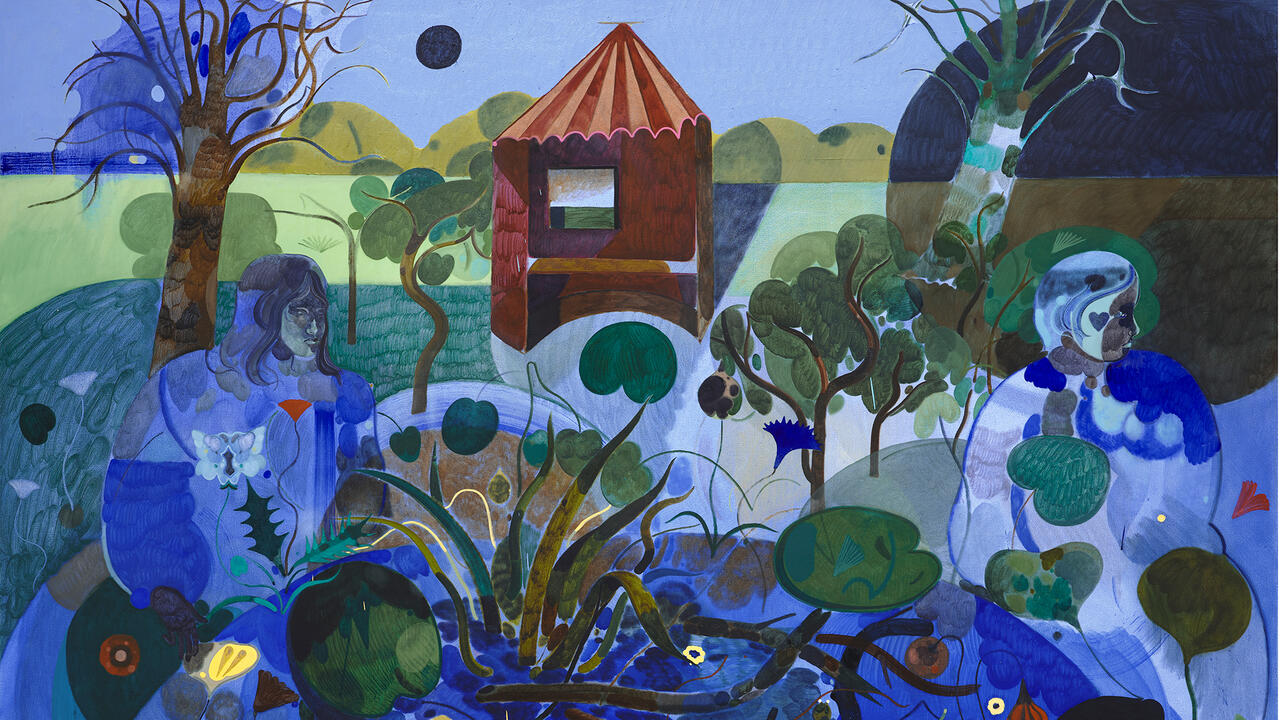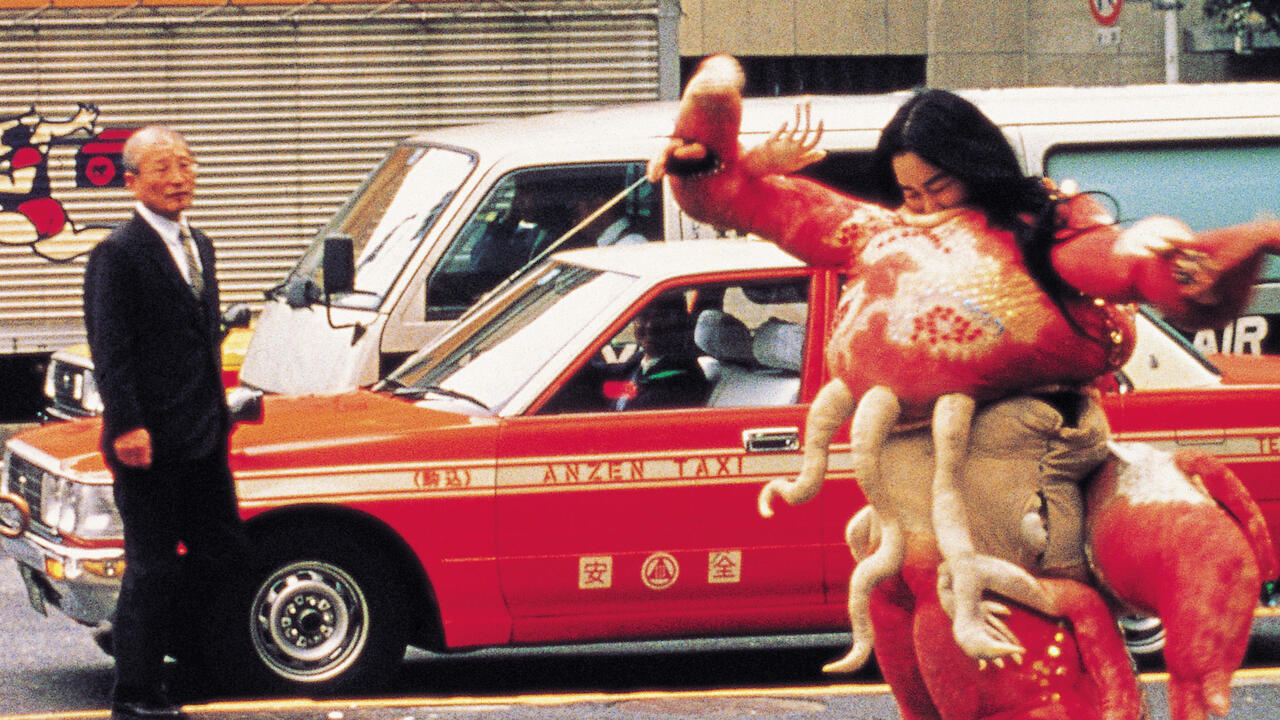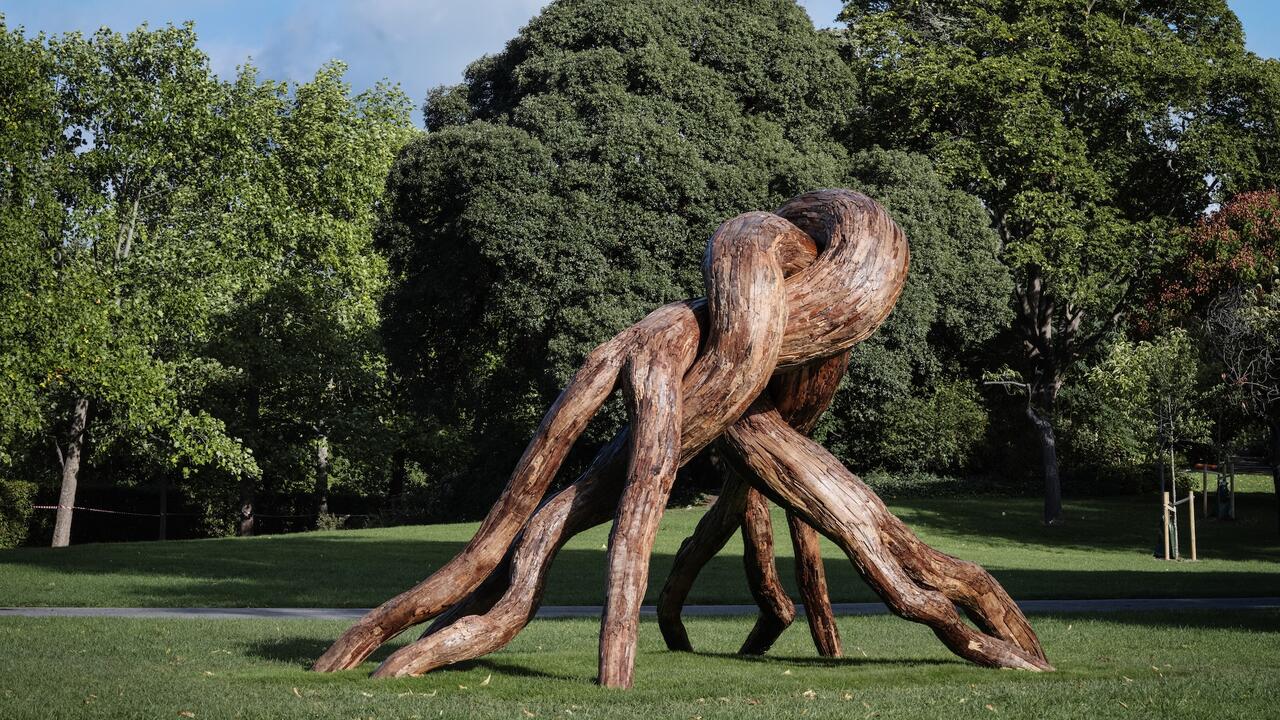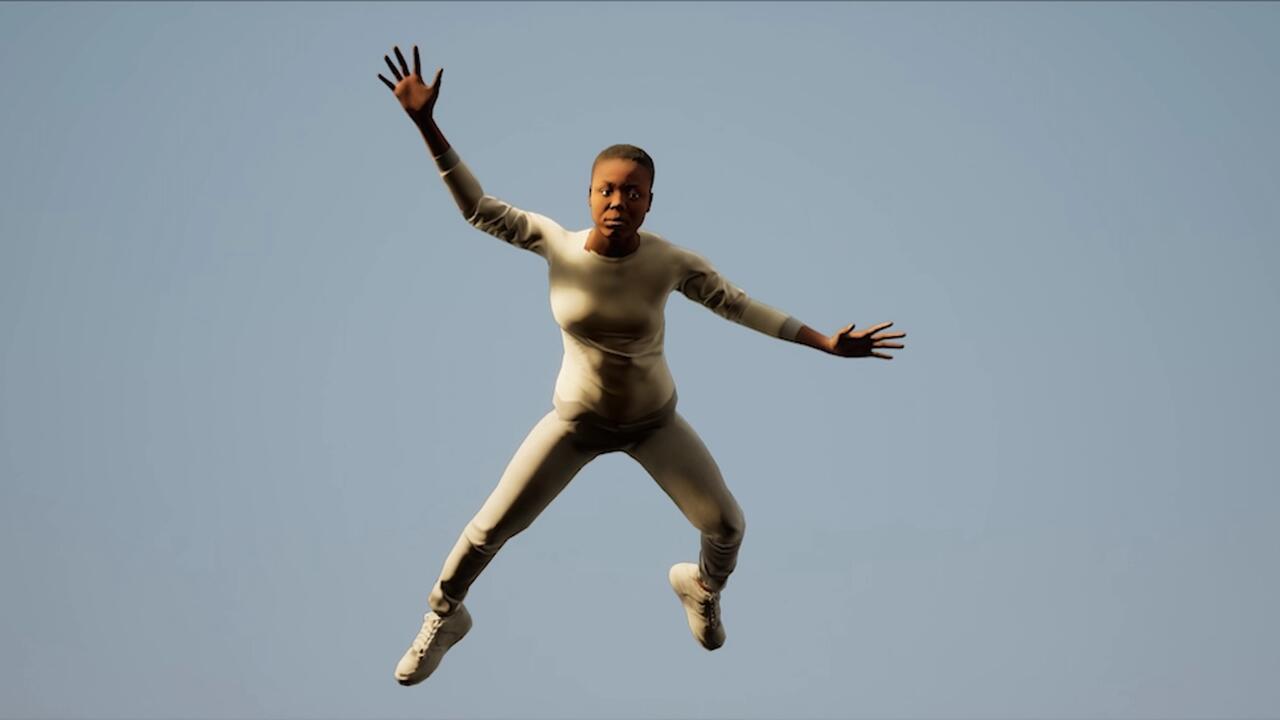Simon Starling
From the outset, the subject of Simon Starling's work has been the labour expended to produce it. He displays the end result of carefully planned processes, and although the viewer only sees a reconstructed object, they are encouraged to consider the story behind its construction and transformation. ‘Cuttings’ was a concise selection of Starling’s projects from the past decade, each work chosen because it suggested another of the multiple senses of the exhibition title. In 1996, for instance, Starling cut a silver ladle in half, melted one portion, and fashioned counterfeit 20 pence pieces to show alongside the other half. This early work indicated that his interest was not just in repetitive sculptural ‘processes’ of casting but with the cultural history of the starting object (the ladle was made by Glaswegian silversmiths) and in the economic systems invoked by its transformation. Later, Starling was drawn to Modernist design products such as Henningsen lamps, Eames chairs and Wagenfeld egg coddlers. This show included Pleçnik, Union (2000). On the streets of Ljubljana, Starling found the fractured glass pieces of a lamp designed by Josef Pleçnik alongside the remains of a beer bottle which could have been used to smash the lamp. He carefully reconstructed each object, displaying them in neighbouring vitrines. A quirky and delicate act of salvage, he paid as much attention to the bottle as to the classic Modernist lamp.
Starling’s interest in Modernist design has long been coupled with a concern regarding the histories and consequences of globalized systems of production, consumption and transport. Quicksilver, Dryfit, Museumbrug (1999) began with research into the mining of aluminium ore (bauxite) in the former Dutch colony of Surinam. The artist journeyed to the country to collect a lump of bauxite and to harness solar power with which he later powered an aluminium boat through the canals of Amsterdam. He then cut the boat in half, and used the refined metal of the vessel to fabricate copies of the lump of ore. Pondering his absurd quests and backwards transformations, we are prompted to consider through contrast and connection the prosaic rather than poetic movements of commodities across the world from regions of poverty to those of wealth. But we only do this because his work activates many different faculties, visual and verbal, in the here-and-now of our encounter. The work was presented in three parts. The chopped-up boat was suspended on a wire from the ceiling, while at our feet a spread tarpaulin was scattered with the bauxite and copied lumps. A stencilled wall text described the project in economic prose. Starling is evidently exploring the history of sculpture as much as that of aluminium and Dutch colonialism: if the hanging ready-made nods to Marcel Duchamp’s Hat Rack (1917), the horizontal element recalls the scatter art of early Rich-ard Serra and Barry Le Va, while the text invokes Lawrence Weiner’s sculpture of described material transformations. Unlike so many other artists who directly quote works of the 1960s, Starling deploys the period’s sculptural innovations for entirely contemporary purposes.
The exhibition also suggested the importance to Starling of the work of Gordon Matta-Clark. Cuttings (2005) comprised two pairs of circular sections of the gallery walls that had been cut out and swapped. The arrangement was vertical on the upper floor and horizontal on the lower. Although a huge machine had been used to make the cutting, the work appeared as a rather delicate circular pattern, like an abstract painting imbedded in the wall. By contrast, the massive structure Shedboatshed (2005) was a looming presence in the gallery. Starling had discovered the shed upstream from the museum on the Rhine. The building had been cut up, its parts temporarily refashioned into a ‘Weidling’, a local type of boat. The boat had then been punted downstream, disassembled outside the museum, and the original shed reassembled in the gallery, though not made whole. Walking into its dingy space, with light pouring through awkward slits and gaps, gradually you could attribute its broken appearance to this double metamorphosis. The cuts in the walls corresponded to the contours of the former boat; the now redundant holes were where bolts had been holding the craft together.
Offering two very different modes of encounter (one optical, the other ambulatory), these two pieces also suggested diverse approaches to site-specificity. The museum had just been refurbished (Starling’s was the inaugural show), so the first work acknowledged this transformation and destroyed (politely) the pristine look of the new building. Shedboatshed took on the institution’s site rather than its architecture, addressing its riverside setting. A third new work reflected critically on the institution’s national context, taking a fascinating Swiss energy policy as its extremely long title: By night the Swiss buy cheap rate electricity from their neighbours which they use to pump water into holding reservoirs. By day they use the stored water to generate hydroelectric power which they then sell back to their neighbours at peak-rate prices (After Christopher Williams / After Jean-Luc Godard) (2005). Starling re-photographed a series of seven photographs made by Christopher Williams of a Swiss dam in Val de Dix in 1993. Williams’ series exists as an edition of three, and Starling had taken photographs of Williams’ works in situ: each is housed in the collection of a European institution (the Goetz collection in Munich, the Flick collection at the Hamburger Banhof in Berlin, and the Museum Boijmans Van Beuningen in Rotterdam). Just as the Swiss buy back electricity, so Starling returned Williams’ dispersed photographs of the Swiss dam to the country in which they were taken.
Given this multi-faceted approach to sites, one problem Starling faces is how to show former site-responsive projects in the new location and context of a retrospective. I remember seeing Burn Time at Camden Arts Centre in London. Eggs laid in the shed were coddled at the opening on the stove, which been made with bricks from the institution’s own walls, and fuelled by wood just chopped off the shed. Loaned from a private collection, the work is now displayed as a relic, no longer subject to transformation. De-activated, it looked rather sad in Basel, a memory of what it had been. But what else could he do? Noticeably, Starling had found all three of Williams’ series of photographs in storage rather than on display. By photographing Williams’ works on the warehouse racks, he acknowledged how critical and intelligent practices risk obscurity. A site-specific sculpture may never possess the same charge in a retrospective as in its initial location, but some presentation is better than none.















